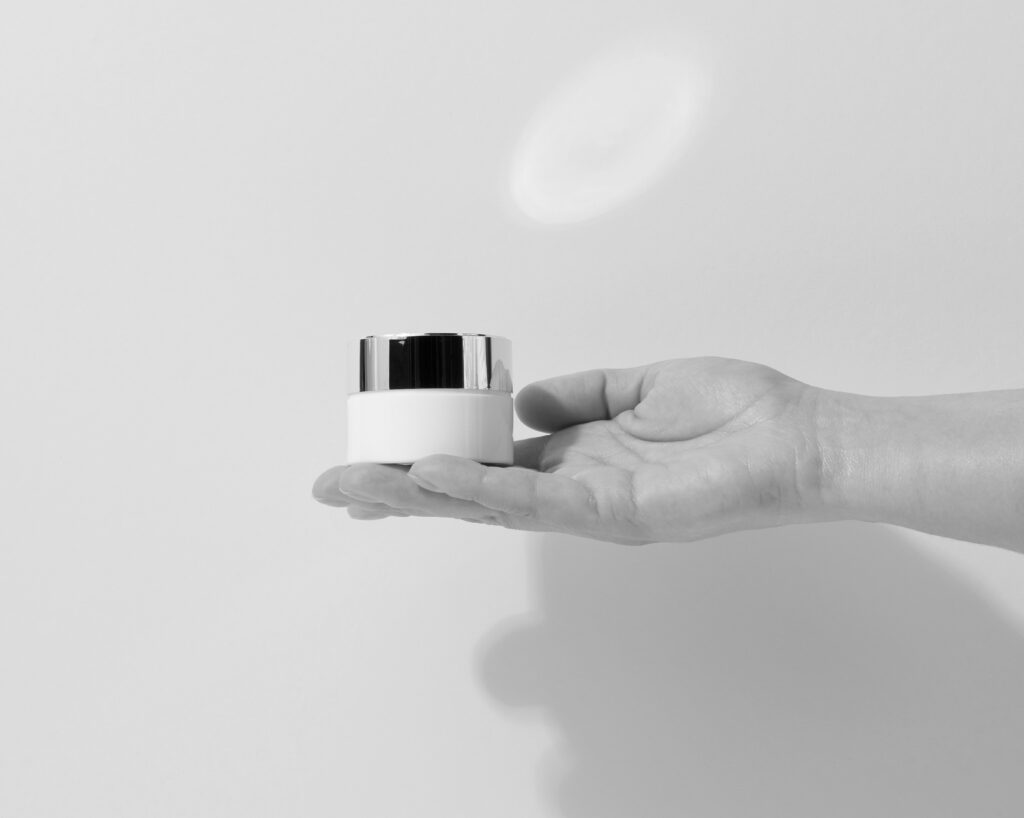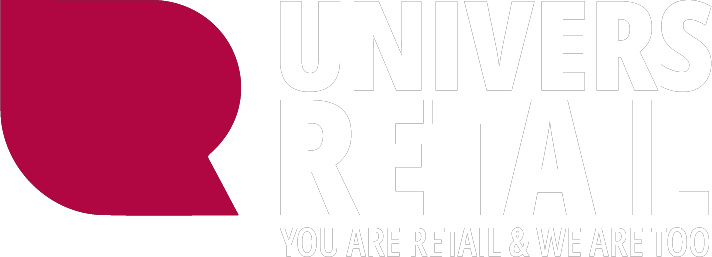These days, packaging illustrates the dilemmas of the modern consumer, torn between the influence of marketing, his emotions and his desire for commitment.
We aim to minimize our ecological footprint by reducing the use of packaging, while guaranteeing optimum safety.
At the time of purchase, packaging is an important sign of a brand's commitment to its customers. However, consumers reject and criticize plastic solutions, whether for the packaging itself or for product cushioning.
Our buying habits change depending on the product we're looking for. For everyday products, we seek to limit or even eliminate packaging. For luxury products, the social and emotional aspect pushes us to look for careful, even superfluous packaging at times.
What is eco-responsible packaging in the luxury sector?
Eco-responsible packaging in the luxury sector is a type of packaging designed to minimize its impact on the environment, while maintaining an aesthetic and quality worthy of luxury.
The packaging is generally recyclable, biodegradable or compostable, and made from sustainable, responsible materials such as recycled cardboard, FSC-certified paper, plant-based plastic or reusable fabric.

The main functions of classic packaging
- Protect the product from physical damage, contamination and external influences such as light, humidity and temperature variations.
- Facilitate efficient and safe in a safe and efficient way.
- Inform the consumer about the product, such as its composition, characteristics, use and storage.
- Promote the product by attracting the consumer's attention and convincing them to buy the product. It must therefore be aesthetically pleasing and reflect the product's brand image.
The fundamental principles of eco-responsible packaging in the luxury sector
- Use of sustainable and recyclable materials Sustainable materials: give preference to materials such as recycled cardboard, FSC-certified paper, glass or metal, which can be recycled or reused.
- Reduce unnecessary packaging: Design minimalist, functional packaging, avoiding over-packaging and unnecessary materials.
- Setting up recycling and collection systems: Encourage customers to recycle their packaging by setting up collection and recycling systems in stores or in partnership with specialized organizations.
- Transparent communication Transparent communication: inform consumers about the composition and origin of the materials used for packaging, as well as the steps taken to reduce their environmental impact.
- Promoting eco-design Eco-design: integrating environmental criteria into the design of products and packaging to reduce their impact throughout their life cycle.
Three concepts for eco-friendly packaging
Choice of materials :
Eco-design implies the use of environmentally-friendly materials. The most environmentally-friendly materials are cardboard and kraft paper, which degrade naturally. It is also possible to use FSC (Forest Stewardship Council) or PEFC (Programme for the Endorsement of Forest Certification) certified materials. You can also adopt upcycling practices, reusing materials that are no longer in use.
Design:
It is also possible to focus on packaging design by reducing unnecessary empty space and favoring designs and cuts that minimize waste. This has two advantages: it reduces the amount of waste produced by using only the quantity of materials needed, and it optimizes space when transporting products to reduce CO2 emissions.
Reusable packaging:
Reusable packaging helps to reduce the environmental impact of luxury products while offering a superior customer experience. Reusable packaging is often more durable and of higher quality than single-use packaging, making it more pleasant to use. Examples include fabric, leather and wood packaging, which are reusable and also add a touch of luxury and sophistication to the shopping experience.
Why is eco-responsible packaging crucial for luxury goods?
- Brand image Brand image: Reinforce their image of social and environmental responsibility, which can set them apart from the competition and attract environmentally conscious customers.
- Innovation and leadership To be at the forefront of sustainability and meet consumer expectations.
- Regulatory compliance Anticipate changes and new regulations and adapt to market requirements.
- Environmental impact: Help preserve the environment and combat global warming.
Three concepts for eco-friendly packaging
Ruinart
The brand has developed a protective envelope made from 99% recyclable paper, which perfectly matches the shape of the bottle. This case is 9 times lighter than the previous model, and reduces its carbon impact by 60%, according to the BEE (Bilan Environnemental des Emballages) method of ADEME (French Environment and Energy Management Agency).
Gucci
Gucci has decorated its bags and boxes with a green motif, using paper and cardboard from responsibly managed sources. The paper is solution-dyed and not plastic-coated, to facilitate recycling. The black handles are made from 100% recycled polyester and are knotted to avoid the use of glues. Protective and transport covers for costumes are made of regenerated cotton with recycled polyester elements, and ribbons are 100% organic cotton. Hangers are made from recycled polystyrene.
Boucheron
The brand has unveiled its first eco-designed cases. These creations use only two natural, traceable and recyclable materials: aluminum and wool felt, certified by the 'Responsible Wool Standard' label. Compared with the brand's previous cases, they are on average twice as light. What's more, they are designed without glue, stitching or flap systems, facilitating recycling operations.
LVMH
The Group's beauty division has signed a partnership with Origin Materials Inc, a company specializing in materials with a negative carbon footprint. These materials have been used for product packaging by brands such as Guerlain and Christian Dior Parfum. The box thus becomes a luxury accessory in its own right, to be admired, preserved and reused.
Conclusion
Eco-responsible packaging has become a priority for the luxury sector, which is seeking to reduce its environmental impact while offering a superior experience to its customers.
Luxury brands are increasingly using eco-friendly materials and sustainable practices to design their packaging, while ensuring that it is aesthetically pleasing and reflects the product's brand image. By adopting eco-responsible packaging practices, luxury brands can contribute to environmental protection, while enhancing their reputation with environmentally conscious consumers.
Sources ;
- On the road to eco-responsible luxury? Industry makes its sustainable revolution - Forbes France
- Towards eco-responsible luxuryThe pack & gift sector at the heart of the luxury market dynamic - Cosfibel Group
- The luxury goods industry gets excited about sustainable packaging - Luxury Tribune
- Luxury packaging: 5 initiatives for the environment - Luxus Plus (luxus-plus.com)
- Discover 4 secrets that will make your luxury packaging memorable (creads.com)
- Luxury brands and eco-friendly packaging (xmp-packaging.com)
- Current trends in luxury packaging (epsa-operationsprocurement.com)
- Luxury packaging: between aesthetics and eco-responsibility - Upside Creative Solutions (upsidecs.com)
- Luxury also goes green - L'Express (lexpress.fr)


